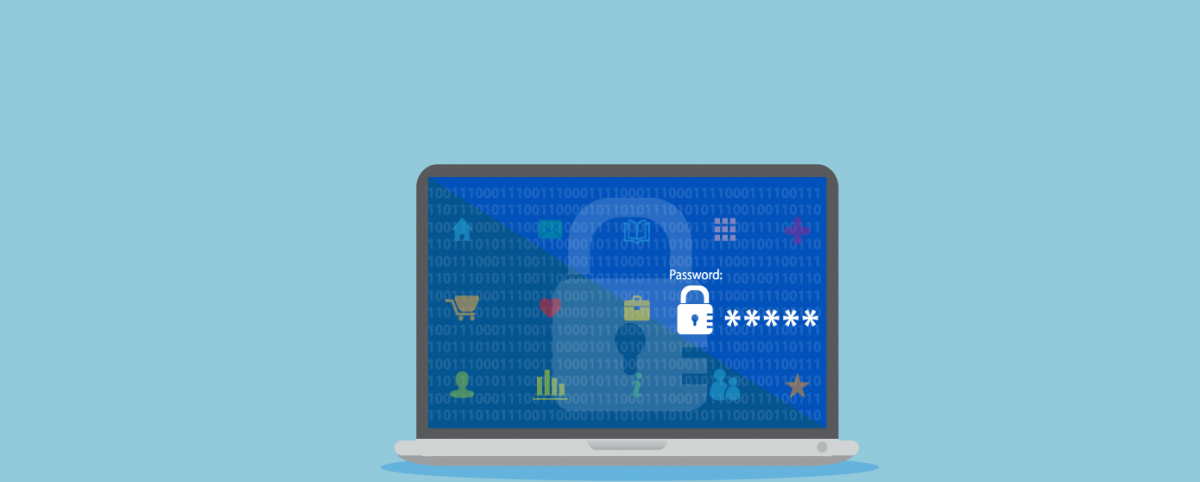Key Components To Consider When Kicking Off Your AppSec Program
AppSec Program/ Application Security Program is a set of seamless processes, business functions, and risk-mitigating controls and services that support the discovery, remediation, and prevention of vulnerabilities in the application.
In this article, we will look at the key components to consider while building an AppSec Program.
AppSec Program: What are the Key Components to Consider While Building One?
Cross-Functional Communication
Cross-functional communication right from the planning and strategy stages is imperative for the success of app security programs. There must be seamless communication between the IT security team, development team, and other teams in the organization, including top executives, third-party developers/ organizations, and security service providers.
All teams and their members (including developers and DevOps teams) must be aware of policy mandates, compliance frameworks, remediation plans, automation plans, responsibilities, consequences of errors/ non-compliance, etc. from an early stage. This will help minimize confusion and errors while also strengthening the health of the application security program. Organizations must consider the best channels of communication to keep all teams updated.
Threat Model
Threat modeling enables the organization to look at the application and the entire IT environment through security lenses. It equips organizations with necessary information about the threat landscape and the attack surface of attacks. These insights enable informed decision-making about the application security risks and their prioritization. This is necessary to build a robust application security program.
Application Inventory
Application inventory is a catalog of the organization’s applications, software, and digital assets. This catalog includes not just the internal software, applications, and assets but third-party services and applications used. It provides a basis for smart risk-based decision-making, setting priorities for testing, protection, and remediation, among others.
It must be aligned with the organization’s risk assessment frameworks, regulatory testing requirements, compliance documentation, criticality-based application ranking, and so on. Given the complexity and dynamism of modern IT environments, automated tools can be used to discover and update the application inventory.
Application Architecture
The application architecture throws light on the technology at play in building applications, as well as the tools and technical components used. This is important to identify and analyze the technical risk exposure. Based on these insights, businesses can build security into the app design and select the right tools for effective AppSec Program management.
Program Strategy
Program strategy provides a direction and roadmap for successful AppSec Program implementation and management. This needs to be built based on organizational goals and objectives, security requirements, threat model, critical priorities, and risk tolerance levels, among others.
The best security service providers like AppTrana will always start the strategy mapping process with a discovery session. They will review the security design, critical activities, and key metrics to ensure program success. They will help establish security frameworks and strategies along with measurable metrics before creating the app security program. KPIs are critical for gauging the effectiveness of the program and continuously streamlining it.
Assessment Tools
The set of assessment tools and processes must be capable of providing wide and deep coverage across the application portfolio. It must enable the organization to identify security weaknesses, vulnerabilities, misconfigurations, coding errors, and gaps in technology, among others.
Assessment tools must be chosen with due diligence and after thorough research. They must be configured to the needs and context of the organization and integrated right from the SDLC stage. If you already have assessment tools in place, you must know the strengths, capabilities, and limitations of static, dynamic, and other AppSec tools to understand gaps in technology and effectively full them.
Remember that application security is not about deploying automated tools. While automating infuses the much-needed agility, scalability, and accuracy into assessments, complex vulnerabilities exist; ones that can only be identified with the aid of human intelligence.
Vulnerability Management
Vulnerability management lays down the framework for what happens after vulnerabilities have been identified through assessments. Not all vulnerabilities can and need to be fixed. This will depend on the risks, severity, and criticality of each of the vulnerabilities.
Organizations must build full visibility into their application environments to ensure that vulnerabilities are identified and prevented proactively. A combination of automation and human intelligence is necessary for effective vulnerability management and a robust application security program.
Multi-layered, instantaneous protection and ongoing monitoring of the application are necessary for fortified app security and must be built right into the security program from the SDLC stages. The responsibilities of different stakeholders and a proper accountability structure are necessary too.
Documentation
Documentation provides a solid foundation for development teams in the present and future to build apps that are secure by design. It provides a wealth of information about evolving security best practices, lessons to be learned, common coding and design pitfalls, etc. The best AppSec Programs must include solid documentation.
The Way Forward
Move beyond automated scanners and build robust application security programs by considering these 8 components.


 May 13, 2021
May 13, 2021






